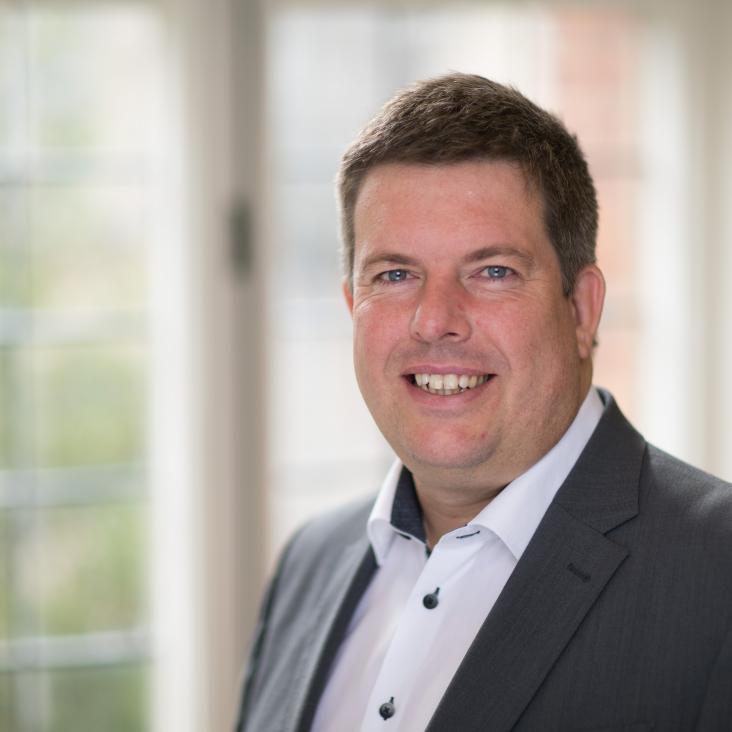Multigrid renormalization
Journal of Computational Physics Elsevier 372 (2018) 587-602
Abstract:
We combine the multigrid (MG) method with state-of-the-art concepts from the variational formulation of the numerical renormalization group. The resulting MG renormalization (MGR) method is a natural generalization of the MG method for solving partial differential equations. When the solution on a grid of N points is sought, our MGR method has a computational cost scaling as O(log(N)), as opposed to O(N) for the best standard MG method. Therefore MGR can exponentially speed up standard MG computations. To illustrate our method, we develop a novel algorithm for the ground state computation of the nonlinear Schrödinger equation. Our algorithm acts variationally on tensor products and updates the tensors one after another by solving a local nonlinear optimization problem. We compare several different methods for the nonlinear tensor update and find that the Newton method is the most efficient as well as precise. The combination of MGR with our nonlinear ground state algorithm produces accurate results for the nonlinear Schrödinger equation on N=1018grid points in three spatial dimensions.A polynomial Ansatz for norm-conserving pseudopotentials
Journal of Physics: Condensed Matter Institute of Physics Publishing 30 (2018) 275501
Abstract:
We show that efficient norm-conserving pseudopotentials for electronic structure calculations can be obtained from a polynomial Ansatz for the potential. Our pseudopotential is a polynomial of degree ten in the radial variable and fulfils the same smoothness conditions imposed by the Troullier–Martins method (TM) (1991 Phys. Rev. B 43 1993) where pseudopotentials are represented by a polynomial of degree twenty-two. We compare our method to the TM approach in electronic structure calculations for diamond and iron in the bcc structure and find that the two methods perform equally well in calculations of the total energy. However, first and second derivatives of the total energy with respect to atomic coordinates converge significantly faster with the plane wave cutoff if the standard TM potentials are replaced by the pseudopotentials introduced here.Tensor network states in time-bin quantum optics
PHYSICAL REVIEW A American Physical Society 97:6 (2018)
Abstract:
The current shift in the quantum optics community towards experiments with many modes and photons necessitates new classical simulation techniques that efficiently encode many-body quantum correlations and go beyond the usual phase-space formulation. To address this pressing demand we formulate linear quantum optics in the language of tensor network states. We extensively analyze the quantum and classical correlations of time-bin interference in a single fiber loop.We then generalize our results to more complex time-bin quantum setups and identify different classes of architectures for high-complexity and low-overhead boson sampling experiments.Revealing missing charges with generalised quantum fluctuation relations
Nature Communications Springer Nature 9 (2018) 2006
Abstract:
The non-equilibrium dynamics of quantum many-body systems is one of the most fascinating problems in physics. Open questions range from how they relax to equilibrium to how to extract useful work from them. A critical point lies in assessing whether a system has conserved quantities (or ‘charges’), as these can drastically influence its dynamics. Here we propose a general protocol to reveal the existence of charges based on a set of exact relations between out-of-equilibrium fluctuations and equilibrium properties of a quantum system. We apply these generalised quantum fluctuation relations to a driven quantum simulator, demonstrating their relevance to obtain unbiased temperature estimates from non-equilibrium measurements. Our findings will help guide research on the interplay of quantum and thermal fluctuations in quantum simulation, in studying the transition from integrability to chaos and in the design of new quantum devices.Bose-Hubbard lattice as a controllable environment for open quantum systems
Physical Review A American Physical Society 97:4 (2018) 040101(R)


